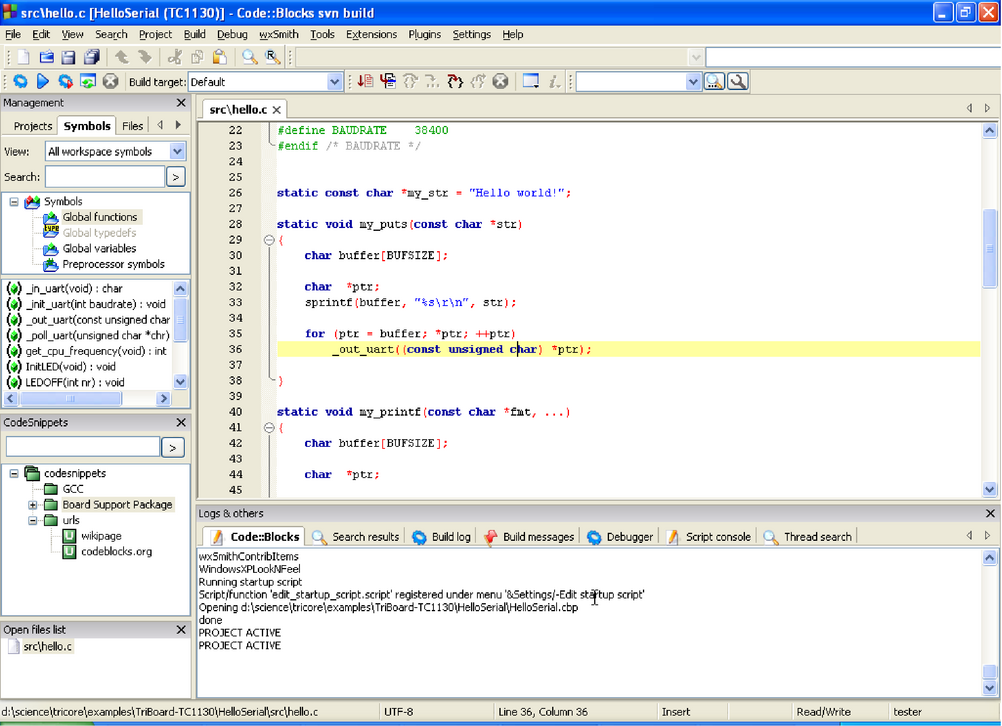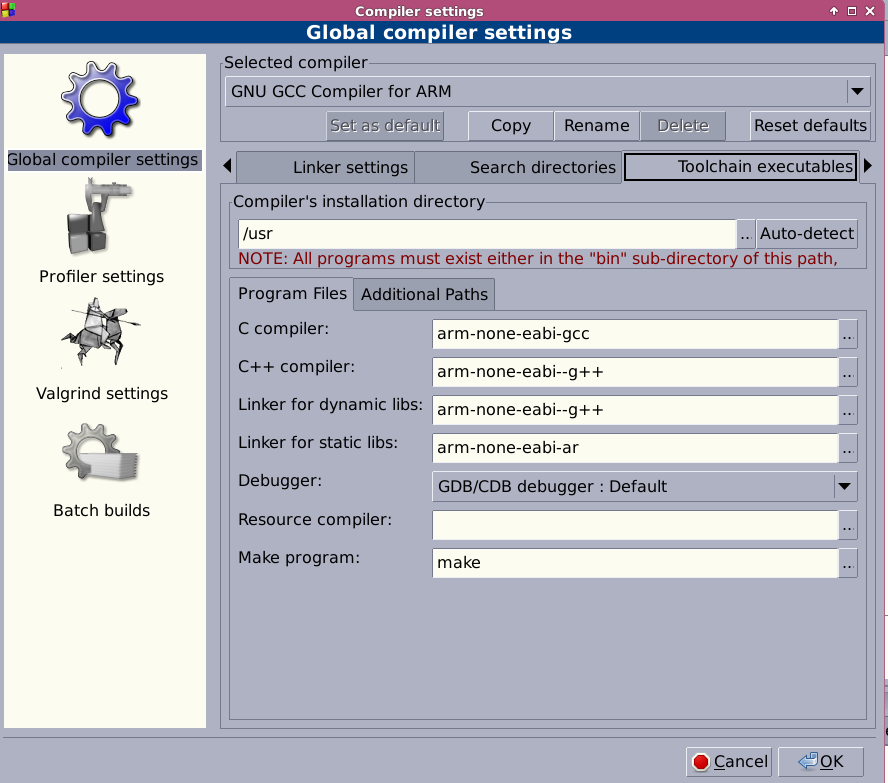
For Link object files to executable and Link object files to console executable, move -o $exe_output to the end of the macros. If ObjC still refuses to build properly for you, you can use this to compare the command line arguments C::B uses against the commands you would use if you were building the program manually on the command line.ģ) Under Other Settings, go to Advanced Options.

Optional Changesġ) Go to Settings->Compiler and dubugger.Ģ) Under Other Settings, change Compiler logging to Full command line. Note: if you feel so inclined, you could create a new custom lexer. Keywords id BOOL YES NO SEL nil NULL self (next to Filemasks.) and create a new set (up arrow).


Add *.m to the list of filetypes.ģ) Go to Keywords. This makes setting up a new compiler very simple, as we can make a copy of the standard compiler and change the linker settings.Ĭaution: Make sure your GNU GCC Compiler is properly setup before attempting to setup for Objective-Cġ) Go to Settings->Compiler and debugger.Ģ) Select GNU GCC Compiler and make a copy it name it whatever you like, but " GNU GCC Obj-C Compiler" would be the most descriptive.ģ) Under Linker Settings, add -lobjc to Other linker options you don't need to explicitly add the libobjc.a library, as the flag tells gcc to include it for us.Ģ) Select Files extension handling and add *.mģ) Go to Project->Project tree->Edit file types & categories.Ĥ) Under Sources, add *.m to the list of filetypes.Ģ) Select Syntax highlighting and go to Filemasks. Objective-C is a strict superset of C the additional functionality is obtained by linking to the Objective-C library when building using the standard GNU GCC Compiler.


 0 kommentar(er)
0 kommentar(er)
